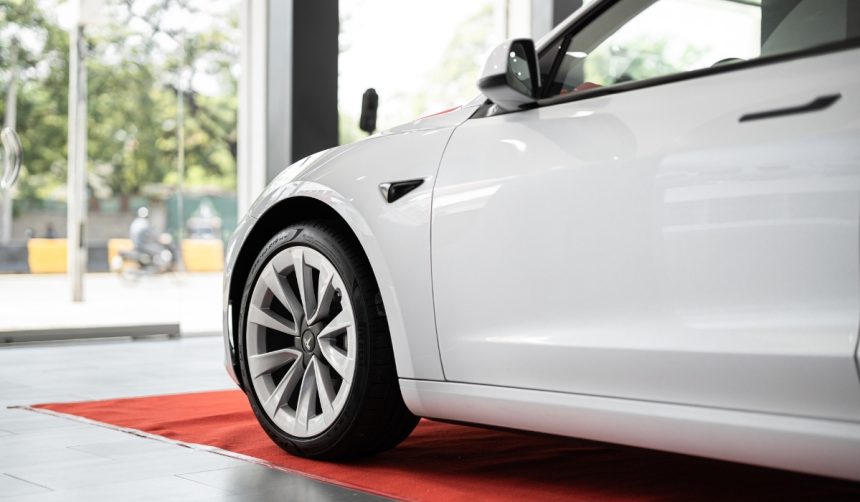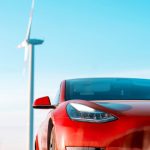The self-driving ride-hailing market in Austin has seen a rapid escalation, with both Waymo and Tesla vying for dominance through aggressive expansions of their Robotaxi service areas. While the southern city grows, residents and visitors await practical impacts of these moves, such as increased ride availability and shorter wait times. The rivalry between the two technology giants not only highlights their differing approaches but also spotlights shifting industry priorities as autonomous technology matures for public use.
When Waymo launched operations in Austin several months before Tesla’s arrival, its coverage area was initially 37 square miles. In past expansions, the growth of these geofenced areas has typically been incremental, reflecting a cautious approach toward metropolitan scaling. Until now, Tesla’s own Robotaxi service in Austin—although only running for less than a month—immediately pushed boundaries by more than doubling its coverage to 42 square miles. Historically, such moves have led industry analysts to debate which company will ultimately dominate the self-driving sector, especially given both companies’ strategies in Arizona and California. The scale and speed of the latest expansions set a notable contrast to prior measured rollouts in other markets.
Why Did Waymo Expand Its Austin Geofence?
After Tesla’s sizable geofence announcement, Waymo quickly expanded its operational territory in a strategic response, now encompassing 90 square miles of Austin. This increase incorporates a range of neighborhoods including Crestview, Windsor Park, Sunset Valley, Franklin Park, The Domain district, and tourist locales such as McKinney Falls State Park. The promptness and scope suggest that Waymo intends to maintain a leadership presence and widen accessibility in one of the fastest-growing urban markets. The move received formal acknowledgment from industry partners from Uber, stating,
“The move unlocks another key milestone in Austin as our operating territory with Waymo expands from 37 to 90 square miles, which means that even more riders can experience Waymo’s fully autonomous vehicles through the Uber app.”
How Does Tesla’s Current Position Compare?
Tesla’s autonomous Robotaxi service covers around 42 square miles in Austin, placing its territory below Waymo after the latter’s expansion, despite initially surpassing Waymo’s footprint. Tesla’s recent geofence drew attention not only for its size but also its shape, which some perceived as a subtle message to competitors. Tesla’s service network demonstrates rapid adaptability, but questions remain about the company’s strategy, as it may have prioritized publicity or humor over straightforward competitive expansion in this recent adjustment.
What Impact Does the Rivalry Hold for Austin Riders?
The rivalry pushes both companies to broaden access and improve operational reliability, directly benefiting local consumers by increasing availability of autonomous ride-hailing. Waymo users in Austin now have extended reach through the Uber app, as confirmed by Shweta Shrivastava, Senior Director of Product Management at Waymo, who said,
“We’re excited to offer our 24/7 service to more of the city. The service with our partners at Uber is healthy, and we are ready for more Austinites to experience the magic of fully autonomous driving.”
Ongoing expansion also means that service reliability, route choices, and integration with urban transport networks will likely improve as the competition continues.
Broader implications arise from the expansion, since Waymo now claims service areas totaling over 700 square miles across the United States, with active deployments in California and Arizona alongside Texas. The contrasting strategies between Tesla and Waymo—one emphasizing swift, media-attracting expansion and the other focusing on systematic scaling and integration with major ride-hailing platforms—highlight the dynamic nature of the autonomous vehicle industry. Riders in Austin stand to gain from enhanced mobility options and potentially shorter wait times, but challenges such as public acceptance and regulatory backing remain factors to watch.
Considering the rapid escalation between Waymo and Tesla, the Austin market acts as a test bed for the next evolution of self-driving deployment. For residents and visitors alike, the expansion means greater service coverage and choice, while industry observers can glean insights into how competitive strategies unfold in real time. As cities continue to evaluate the real-world impacts of these autonomous services, both the scale and quality of deployment will help determine public perception and policy adaptation moving forward. Local consumers should stay informed about service boundaries, integration with existing ride-hailing systems, and reliability to maximize their benefit from these technological developments.










